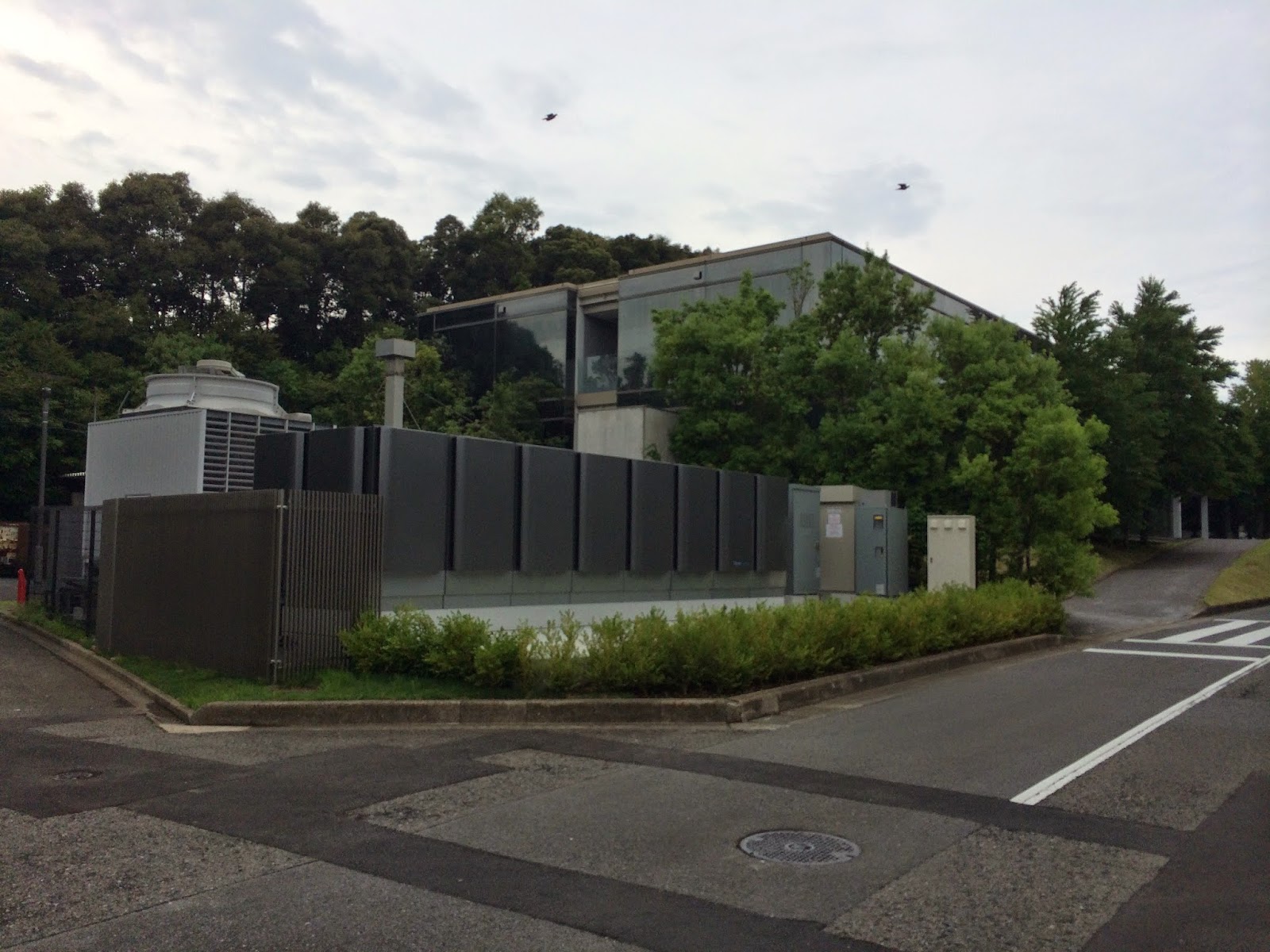It has been widely reported that these are "good" reactors which are well-positioned to satisfy the NRA standards -- these are the MOST likely reactors in Japan to satisfy the NRA. No reports of suspicious earthquake faults under or near them. They are relatively new -- having started operations in 1984/1985. No record of major problems in operations. And they are pressurized water reactors, which have the iconic large concrete containment structures covering the entire reactor building -- different from Fukushima. Under the NRA new standards, PWRs did not need to do as much retrofitting as the boiling water reactors (BWRs) such as were at Fukushima Dai-ichi.
Yesterday, there was an update from Kyushu Electric (Kyuden) on the review status. Apparently, the earliest a restart could be expected is this autumn. According to Kyuden, the NRA has given them comments on their filing and identified a number of "misses". (In this case a "miss" could be a serious issue, a simple typo, or a location where the NRA wants something to be rephrased or further developed. Pesky paperwork!)
Kyuden had hoped to get comments and respond by the end of May, but it has now just resubmitted one of three required documents and does not expect to have them all filed until mid July. The total length of the filings will expand from 7200 pages to 8600 pages, according to Kyuden.
The NRA will take at least a month to respond, and the earliest for restart permission would be September, possibly October. It seems likely the restart will come until after the three and a half year anniversary of the March 11, 2011 disasters.
So it will be another hot summer in west Japan, with maximum efforts at conservation and supply limited. We may get a chance to see if the solar PV implemented over the past two years makes a discernable difference.
UPDATE (July 5): Nikkei reports this morning that the Sendai 1 & 2 reactors are now on track to clear the NRA procedures bySeptember. The NRA is reported to plan to propose the re-open in late July, with a period for public comment over the month of August, then a final decision.
UPDATE (August 6): NOT SO FAST! Nikkei now reprints a Kyodo wire service report that the Sendai nuclear plant will not be open until "winter or later". Apparently the utility and regulator need more time to prepare and have checked the construction plan (工事計画) for the work that permits reopening, as well as new safety rules (保安規定). Kyushu Electric initially had hoped to file at end of May, but the filings will not be made until September at best, and could slip more.
UPDATE (November 10): Things have gone relatively smoothly with the Sendai plant restart process, to the point that last week the governor of Kagoshima Prefecture signed off on the restart, even though a number of communities within the plant's evacuation zone had not given a green light. ... but the plant will still not be up and running for several months, until after the winter electricity usage peak. Absent surprises, it should be available for the summer 2015 peak. The utilities and regulator will now push to accelerate the process for the rest of the reactors in the "first wave" of restart applications -- those facing the fewest apparent technical and regulatory issues.
So it will be another hot summer in west Japan, with maximum efforts at conservation and supply limited. We may get a chance to see if the solar PV implemented over the past two years makes a discernable difference.
UPDATE (July 5): Nikkei reports this morning that the Sendai 1 & 2 reactors are now on track to clear the NRA procedures bySeptember. The NRA is reported to plan to propose the re-open in late July, with a period for public comment over the month of August, then a final decision.
UPDATE (August 6): NOT SO FAST! Nikkei now reprints a Kyodo wire service report that the Sendai nuclear plant will not be open until "winter or later". Apparently the utility and regulator need more time to prepare and have checked the construction plan (工事計画) for the work that permits reopening, as well as new safety rules (保安規定). Kyushu Electric initially had hoped to file at end of May, but the filings will not be made until September at best, and could slip more.
UPDATE (November 10): Things have gone relatively smoothly with the Sendai plant restart process, to the point that last week the governor of Kagoshima Prefecture signed off on the restart, even though a number of communities within the plant's evacuation zone had not given a green light. ... but the plant will still not be up and running for several months, until after the winter electricity usage peak. Absent surprises, it should be available for the summer 2015 peak. The utilities and regulator will now push to accelerate the process for the rest of the reactors in the "first wave" of restart applications -- those facing the fewest apparent technical and regulatory issues.




